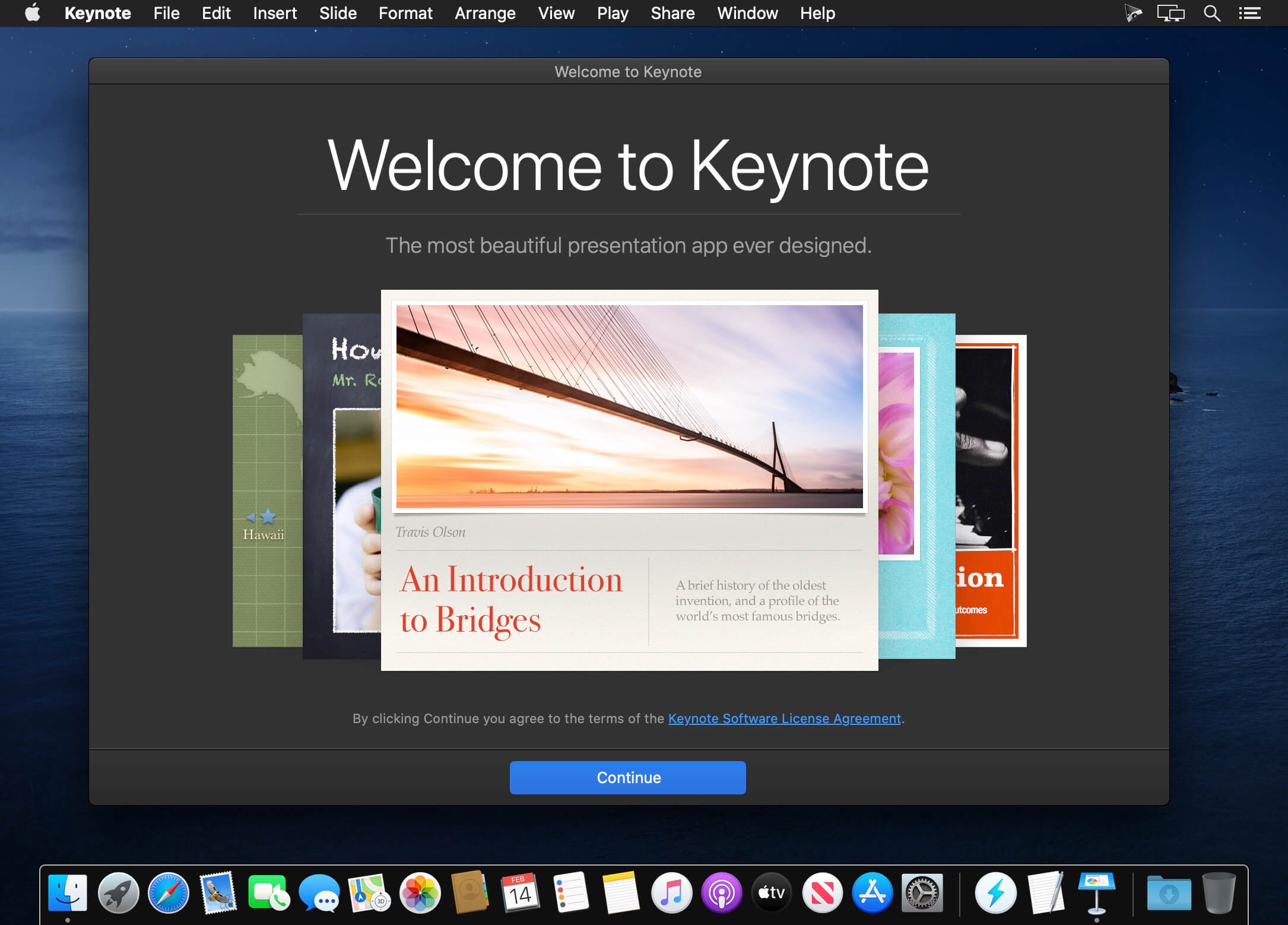
JPEG stands for Joint Photographic Experts Group, which is the name of the committee that standardised the format. However, you can usually adjust settings to save into other formats if needed. Many cameras, smartphones, and basic photo or drawing programs will automatically save into JPG format. JPGs are 2D pixel-based ‘raster’ images, which makes them better for photographs or scans, rather than digital illustrations which are often better as ‘vector’ images. JPG is a universal format which can be opened by almost all image-viewing or -editing programs, by web browsers, and by certain other apps, and they’re supported by most devices. JPG, or JPEG, is one of the most widely used digital image formats. PowerPoint is part of the Microsoft Office suite, but some other programs, like LibreOffice, Apple Keynote or Google Slides, can also open both PPT and PPTX files. However, even if you have a newer version of the program, you can still use it to open older PPT files, and also to save presentations into PPT format. Since 2007, PPTX has been Microsoft’s standard file format for PowerPoint. It can also be used for creating reports, which users often save or print as a PDF.

PowerPoint is the most widely used format for presentations in both educational and work settings. Users can build presentations from scratch or use an online or company corporate template. PPT files normally comprise slides of text, images and animations that can play as timed or manually controlled slideshows.

Microsoft developed the PPT format for PowerPoint, which is mostly used for creating and editing presentations.


 0 kommentar(er)
0 kommentar(er)
